South Carolina Amtrak crash is the latest in a string of accidents over the past few years
Two people died and another 116 were injured Sunday, authorities said.
— -- The Amtrak train that collided with a freight train in South Carolina Sunday, killing two people and injuring more than 100, is the latest in a string of major crashes involving the passenger railroad.
The early-morning crash in Cayce came five days after an Amtrak train carrying Republican members of Congress slammed into a garbage truck in western Virginia, killing one and injuring several others.
Sunday's crash was the seventh recent, major incident involving Amtrak trains, from Washington state to the Northeast.
Feb. 4, 2018: South Carolina
An Amtrak train headed from New York to Miami appeared to be on the wrong track when it collided with a freight train in the middle of the night in Cayce, South Carolina, just east of Columbia, Gov. Henry McMaster said.
Two people -- the train conductor and engineer -- were killed, and 116 were injured, according to authorities.
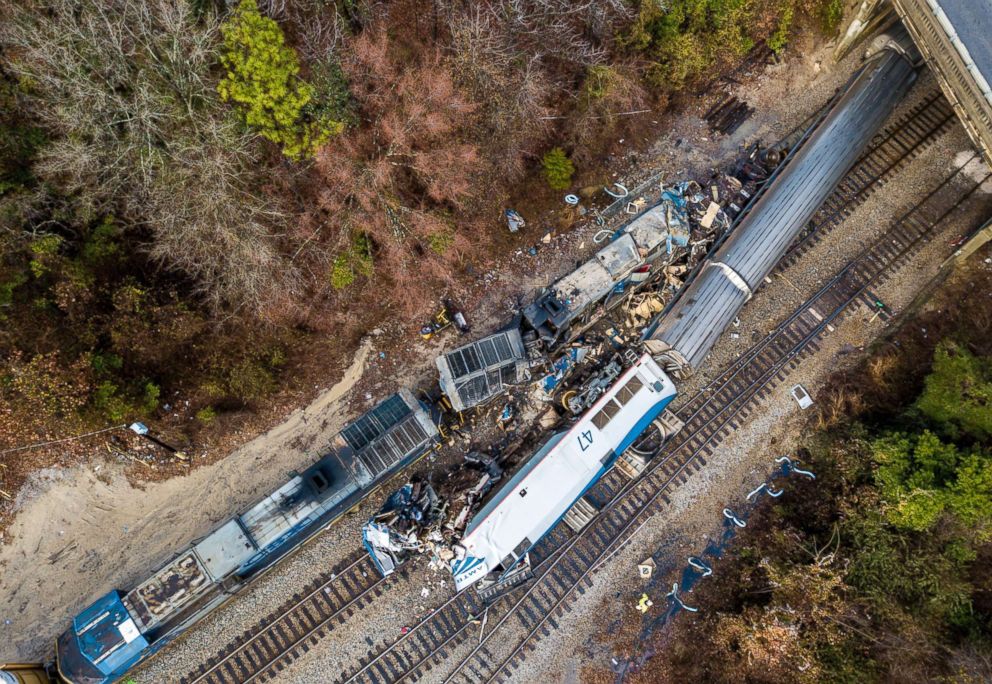
The track the Amtrak train was on had been manually switched and "lined and locked," Robert Sumwalt, chairman of the National Transportation Safety Board, said Sunday. That caused it to divert from the main line and onto a side track, where the freight train was parked, according to the NTSB.
Amtrak officials said in a statement that they are "deeply saddened" by the deaths of its employees and that the agency is cooperating fully with the National Transportation Safety Board and the Federal Railroad Administration in the investigation of the crash.
Richard Anderson, Amtrak's president and chief executive officer, told reporters in a telephone news conference that CSX railroad operates all aspects of the tracks in the area where the crash occurred.
Jan. 31, 2018: Virginia
A chartered Amtrak train carrying Republican members of Congress to a legislative retreat crashed into a garbage truck at a railroad crossing in Virginia, killing one person and injuring at least six.

The crash occurred in Crozet, about 15 miles west of Charlottesville, as the group headed to The Greenbrier resort in West Virginia.
One of the two passengers in the trash truck died, local authorities said.
Some members of Congress and their spouses who are doctors assisted in the rescue efforts.
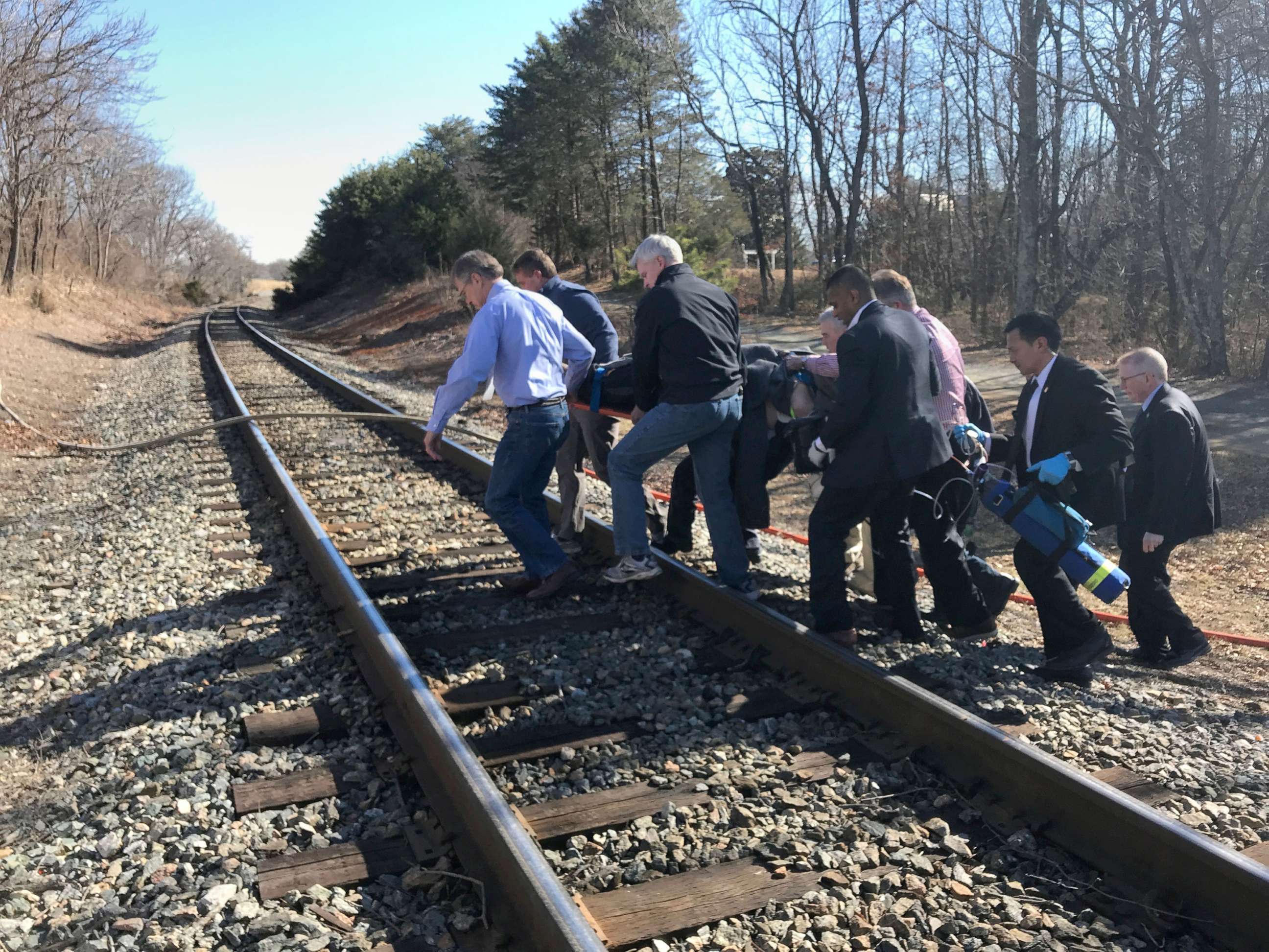
There were 1,880 incidents at rail crossings in the first 11 months of 2017, including 96 with trucks, according to the Federal Railroad Administration.
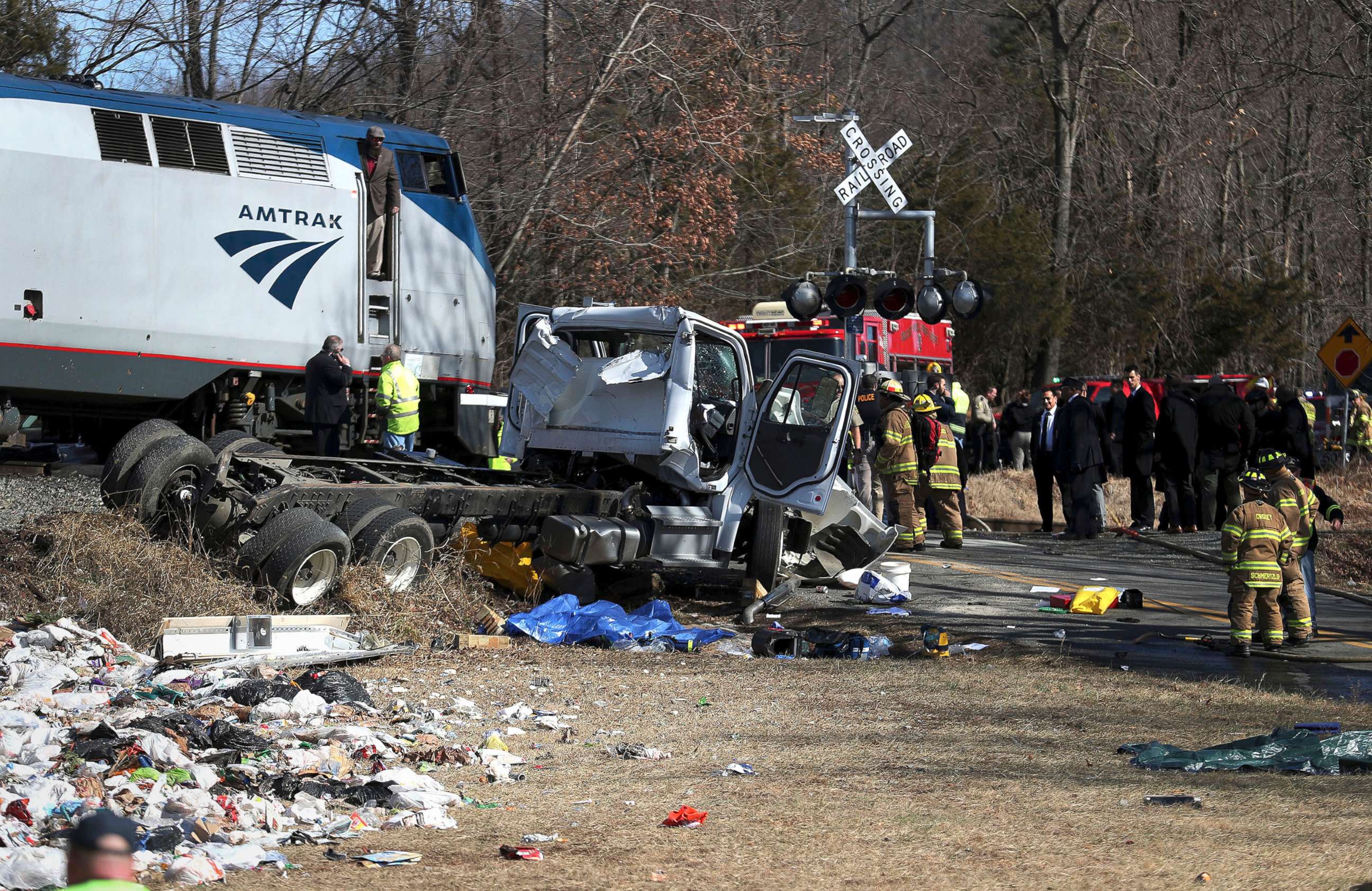
Dec. 18, 2017: Washington state
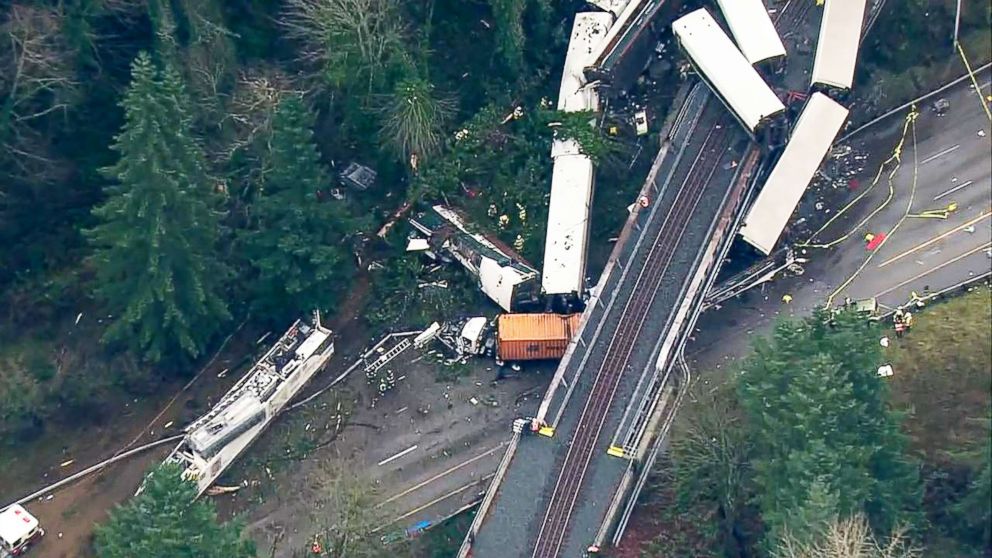
On Dec. 18, 2017, an Amtrak train traveling from Seattle to Portland was on the inaugural run of a new route when it derailed near Dupont, Washington, about 20 miles south of Tacoma.
The train entered a curve at 78 mph; the speed limit in the area is 30 mph.
All but one of the train's 14 cars jumped the tracks. Some train cars were dangling off a bridge over Interstate 5.
Three people were killed and 70 were injured, officials said.
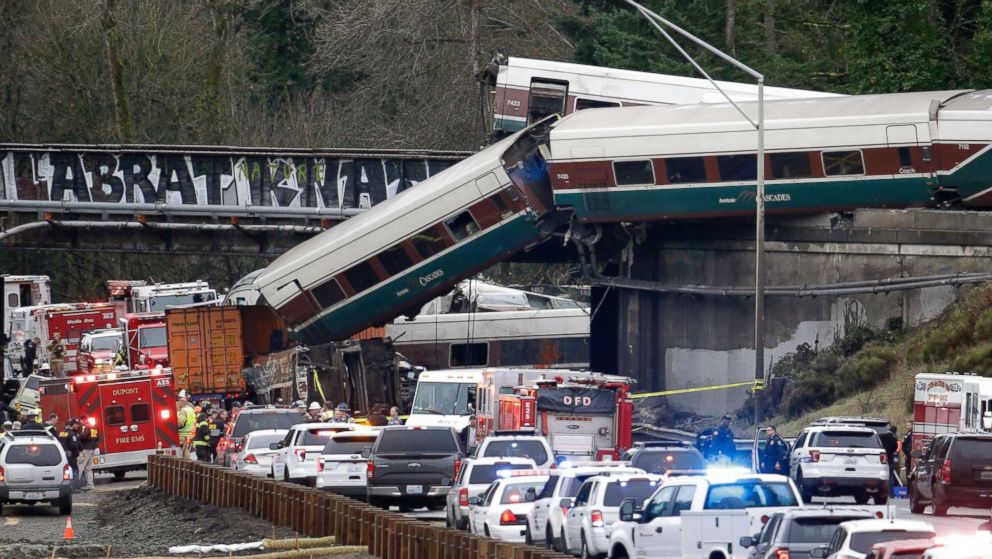
The engineer said he missed a mile marker and a speed sign prior to the fatal crash, according to the NTSB.
He added that he had performed as many as 13 qualifying trips on the route in the five weeks preceding the opening of the new service.
Before the start of his shift on the day of the accident, the engineer said he felt rested and alert and was aware of the 30 mph speed restriction on the curve, just prior to mile marker 20, according to the NTSB. The engineer said he remembered passing mileposts 16 and 17, but not 18, nor the 30 mph advance speed sign ahead of the curve.
He has 13 years of total experience at Amtrak and told investigators he applied the brakes when he saw the 30 mph sign at the start of the curve, according to the NTSB. The train derailed seconds later.
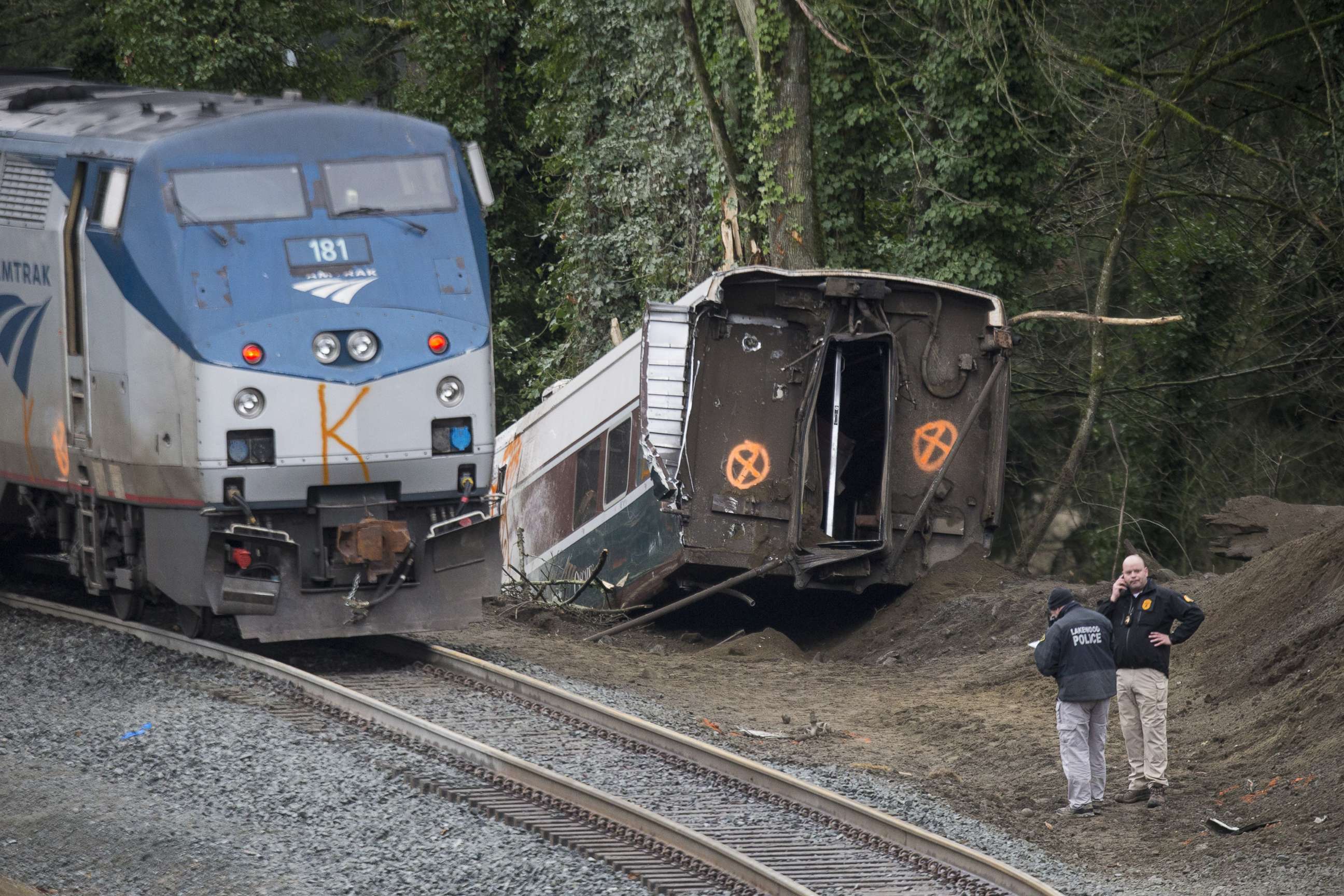
A qualifying conductor was present in the locomotive at the time of the derailment, but the engineer said it was not a distraction and there was minimal conversation.
Positive Train Control was not activated on the tracks at the time of the derailment.
An Amtrak spokesperson told ABC News they were cooperating with the NTSB investigation.
April 3, 2016: Pennsylvania
On April 3, 2016, an Amtrak train with over 300 passengers on board was heading from New York to Savannah, Georgia, when it partially derailed in Chester, Pennsylvania, after striking a backhoe that was on the tracks.
Two maintenance works were killed and more than 30 passengers were injured.

After a 19-month investigation, the NTSB last year identified 20 different factors that contributed to the crash.
Investigators said Amtrak had a "weak safety culture," in which employees frequently took shortcuts and put on-time performance over safety. The NTSB had previously disclosed toxicology reports indicating marijuana in the system of the train's engineer and cocaine or opioids in the systems of the maintenance workers who died.
It did not conclude, however, that the employees were impaired at the time of the crash.
While drug use did not have a "direct causal link to this accident," according to investigators, it is a reflection of a lax safety culture at Amtrak, they said.
Railroad repairs were ongoing in the days leading up to the fatal accident. A night foreman was found to have lifted a track safety closure while a backhoe remained on the track. The day foreman did not restore the closure, according to investigators, leading to a train’s striking the backhoe at nearly 100 mph.
NTSB chairman Robert Sumwalt described the mistake by the foremen as "the fundamental error of the night."
Among the contributing factors named in the crash was a lack of communication between employees, the improper establishment of work zones and pressure from managers to keep trains running on time.
Positive train control had been installed in the Northeast corridor where the crash occurred, but investigators said a series of human errors, such as not properly establishing the work zone, circumvented the technology.
The engineer on the train was fired after the accident because of his toxicology report, according to the NTSB.
Amtrak has "taken a series of actions to improve workplace safety," company spokeswoman Kimberly Woods told ABC News in November.
March 14, 2016: Kansas
In the early morning of March 14, 2016, an Amtrak train heading from Los Angeles to Chicago derailed in southwest Kansas, injuring more than 30 people.
Investigators said a feed truck had hit the track, causing it to shift about 12 to 14 inches before the derailment.
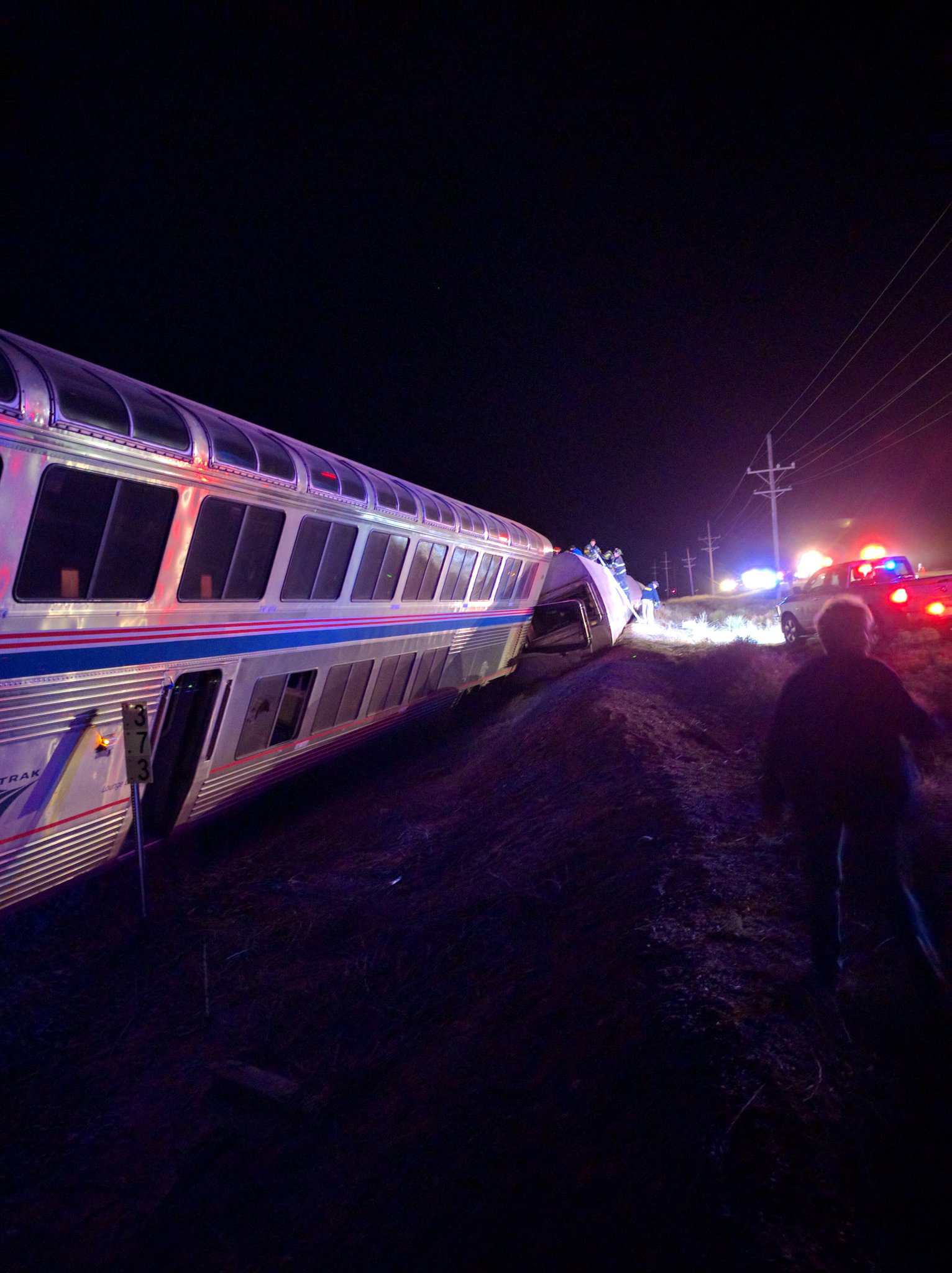
The engineer was “quite vigilant” and noticed the misalignment on the track and pulled the emergency brake, which was likely the reason the derailment was not “worse,” NTSB spokesman Earl Weener said at a news conference.
The train was traveling at 60 mph, the normal speed limit.
Amtrak and the BNSF Railway Co. filed a lawsuit last year against the feed yard, accusing it of gross negligence, according to the AP. They alleged Cimarron Crossing Feeders didn't tell authorities or the railroad after one of the company’s trucks displaced the tracks.
"The lawsuit claims the truck was being loaded with grain when Cimarron’s employees left it unattended on March 13, out of gear and without any brakes applied," according to The Associated Press. "It rolled downhill, crossed over U.S. 50 and slammed into the tracks."
Cimarron has denied any liability, saying Amtrak was negligent and operated the train at a speed too fast for the track and at a speed that kept the train from stopping in a reasonable time to avoid any track issues. Cimarron also says the conductor was inattentive.
The case is ongoing.
Oct. 5, 2015: Vermont
The morning of Oct. 5, 2015, an Amtrak train traveling from St. Albans, Vermont, to Washington, D.C., derailed over an embankment near Northfield, Vermont.
Seven people were injured.
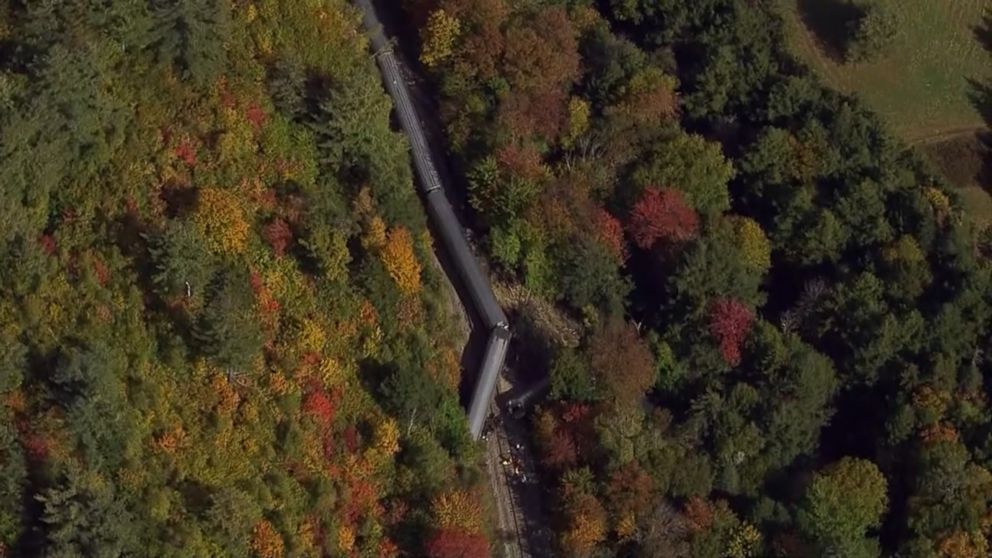
The NTSB ruled last year that the crash was caused by debris left on the tracks from a rock slide, according to the AP.
After the crash, the railroad put in speed restrictions at two sites "where rockslide mitigation was recommended" by geologists, the AP said.
May 12, 2015: Pennsylvania
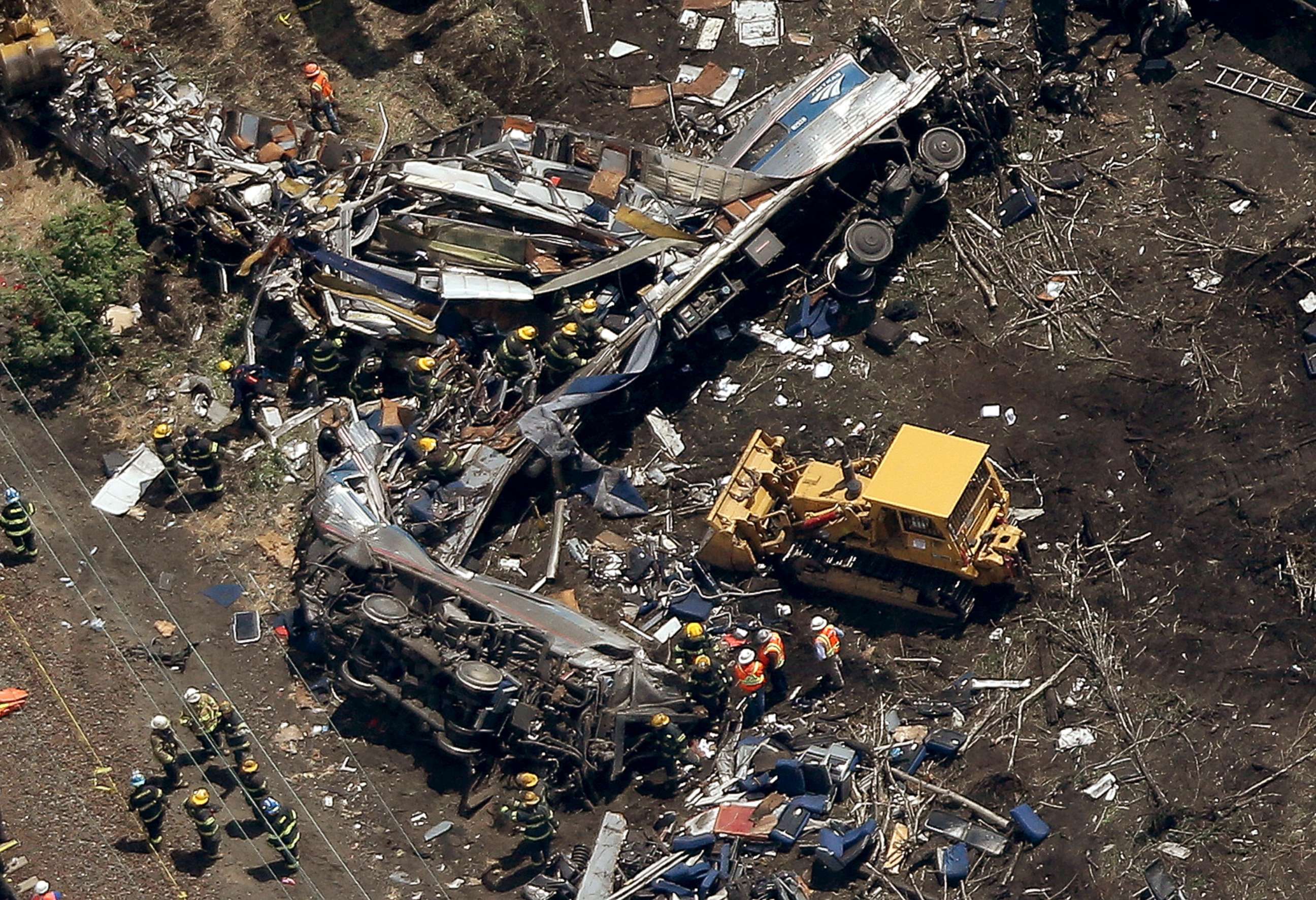
A New York-bound Amtrak train derailed near Philadelphia on the night of May 12, 2015, killing eight people and injuring more than 200.
An Amtrak train that collided with a freight train in South Carolina on Sunday, killing two people and injured more than 100, is the latest in a string of major crashes involving the passenger railroad.
The National Transportation Safety Board (NTSB) said the train was traveling at 106 mph in an area where the speed is restricted to 50 mph.
That segment of the track just north of Philadelphia at the time lacked positive train control, a safety technology that, among other things, is designed to automatically slow trains that are traveling too fast, according to the NTSB. Amtrak has since fully implemented the technology throughout the Northeast corridor.
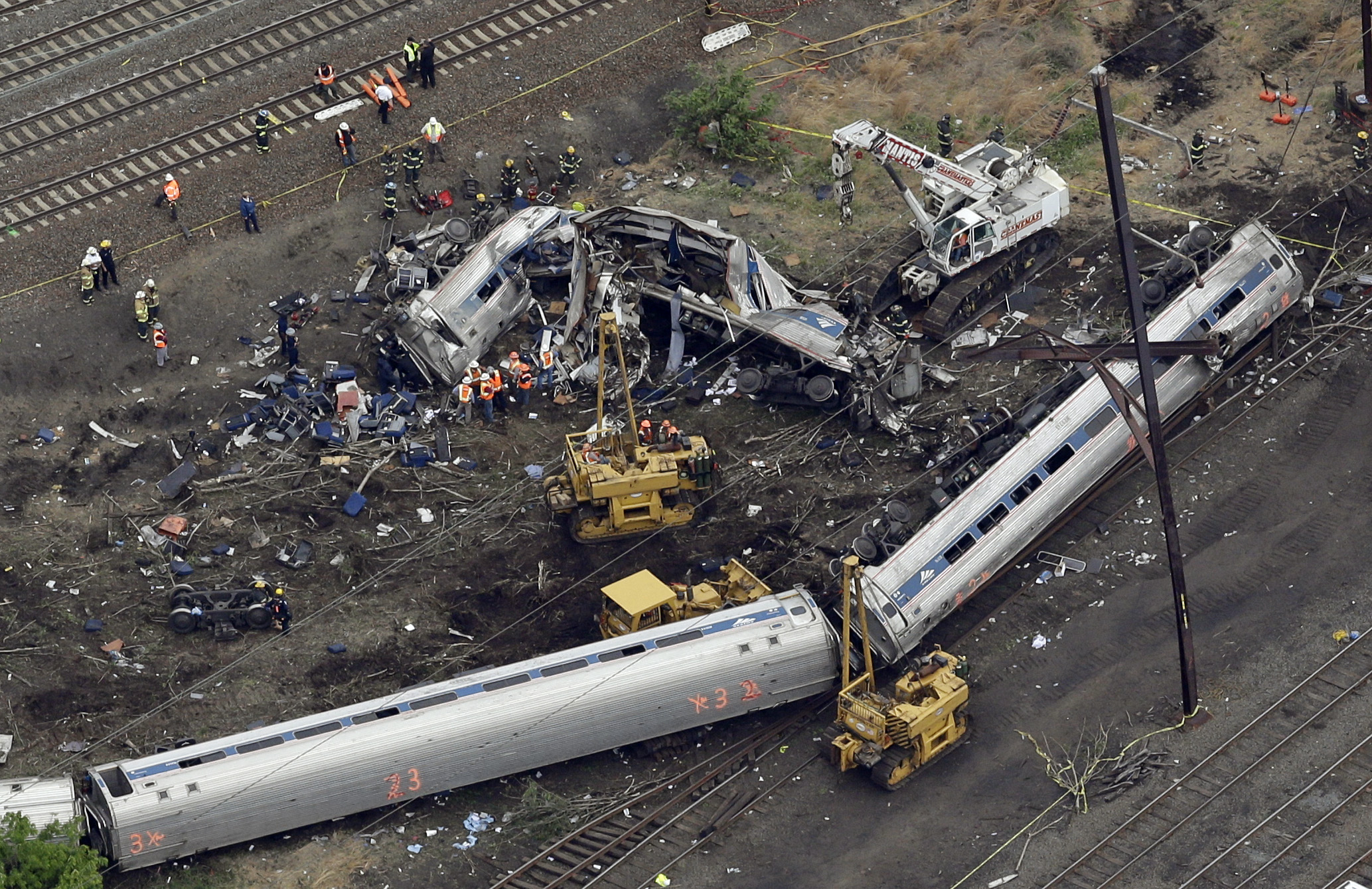
Federal safety regulators said in 2016 that the engineer, Brandon Bostian, was likely distracted by radio traffic about an emergency situation on a train in the Southeastern Pennsylvania Transportation Authority (SEPTA) system. Bostian had just passed a SEPTA train with a shattered windshield and was “very concerned” about its engineer, who had requested medical attention, according to a transcript of his interview with the NTSB.
With his attention diverted, Bostian likely “lost track of where he was” and didn’t realize the reduced speed limit to accommodate a curve, the NTSB said.
Amtrak said it would "quickly implement" the NTSB's recommendations after a review.
Criminal charges against the engineer were thrown out last year, with the judge ruling that evidence suggested an accident, AP reported.
ABC News' Adam Kelsey, Ali Rogin, Lucien Bruggeman and Meghan Keneally contributed to this report.



